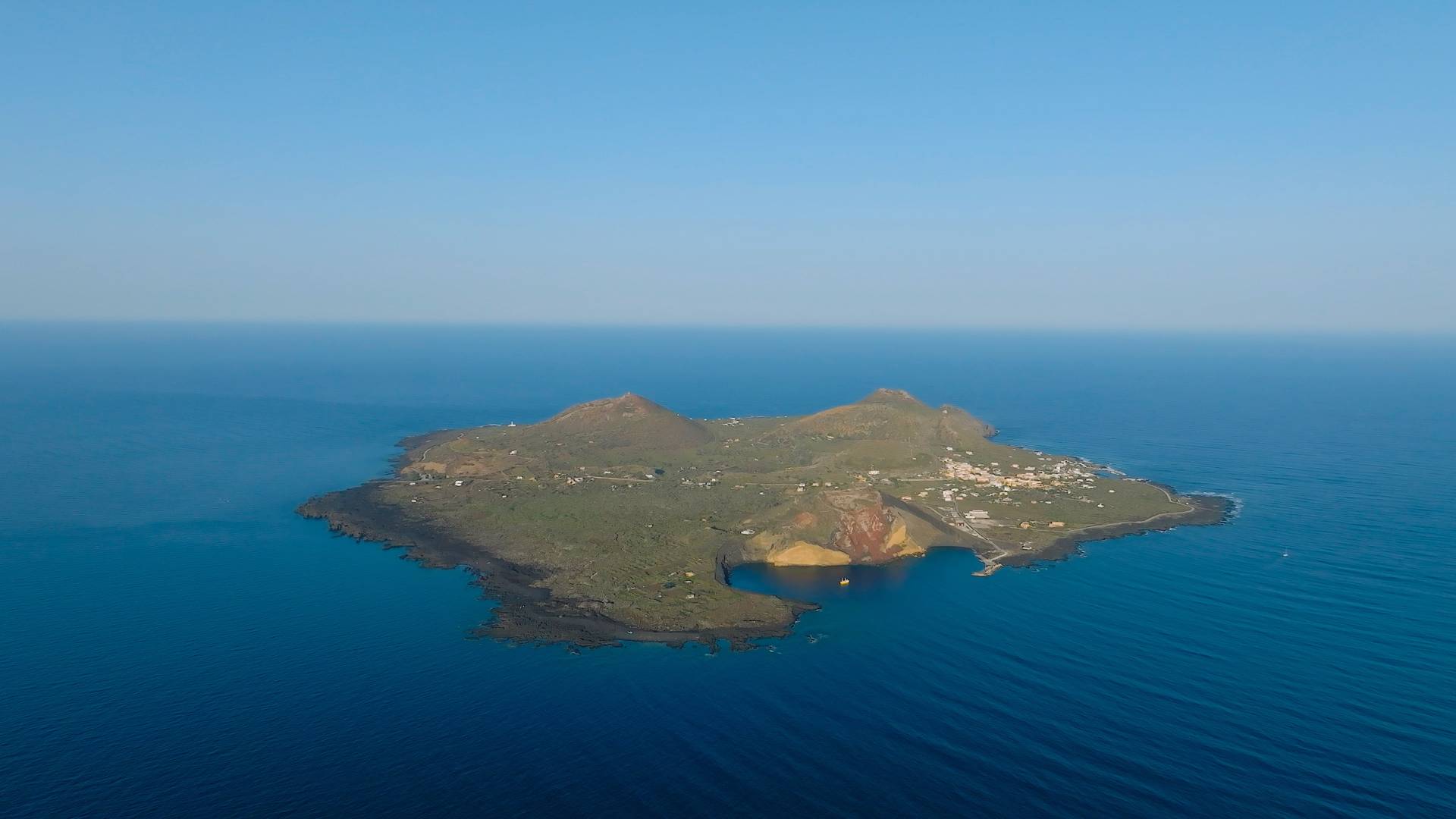The Bird Guardians of Linosa
Nature & Wildlife 43' 2025 4K
South of Sicily lies the small Italian volcanic island of Linosa, home to one of the largest colonies of Scopoli’s shearwaters in the Mediterranean region. The almost invisible birds were the creative spark behind one of the most renowned tales of Homer’s epic poems Odyssey in which the eponymous hero Odysseus had himself tied to the mast of his ship, so he could safely listen to the sirens’ songs which echoed far across the sea, intending to lure sailors to their doom.
The documentary follows the Italian scientist Giacomo Dell’Omo. Since first working on Linosa in 2017, he has been visiting the island every year for several months, committed to protect the Scopoli’s shearwater colony. Meanwhile, his daughter Eleonora now works by his side.
Scopoli’s shearwaters can be up to 50 centimeters long and have a wingspan of around 115 centimeters. The mysterious birds travel 40 to 50.000 kilometers across the Atlantic every year. Between February and October, they return to Linosa for the breeding season, to the exact same nests and to the same partner. They are monogamous birds that mate for life.
The birds are almost impossible to spot during the day. From May on, male and female birds take turns incubating one single egg per season in almost inaccessible caves and crevices, while the other partner flies far out into the Mediterranean Sea in search for food, mainly small fish and squid. In the evening, the returning birds gather well out in front of the island, swimming in larger groups on the water until complete darkness has fallen over Linosa. Not until then do they return to their partners on the island. Which is how they protect themselves from their enemies such as seagulls. It is only at night that one can hear the unusual, almost whining calls of the Scopoli’s shearwater.
Invasive species such as rats and cats threaten the birds and humans, who came to Linosa 150 years ago, have continuously restricted the birds’ habitat. The increasingly hot summer periods are just as harmful for the animals as the threat posed by the fishing industry with their deadly nests and hooks. Together with scientist Stefania Casagrande from the Max Planck Institute for Biological Intelligence, Giacomo Dell’Omo carries out a pilot project on the bird population. The aim is to improve their protection and to make fishing methods more sustainable with the aid of GPS and new Bluetooth transmitters.
In May, the scientists are busy weighing and measuring the birds and their eggs in the nests. In the past, the island inhabitants used to collect and eat the eggs. A practice that is now prohibited on the island. Most of the inhabitants are convinced about the need for their protection. Thanks in part to the relentless work of Giacomo Dell’Omo.
In July, after around 55 days, the chicks hatch out of their eggs. Once again, the researchers examine the nests and young birds to collect data on the status of the population. In October, the birds leave to embark on another long journey, which takes them along the African coast up to the Cape Verde Islands, where the pairs separate. The females continue their journey heading south before crossing the Atlantic and flying towards Florida, from where they return to the Mediterranean Sea to Linosa to meet their mates. The young birds only return to Linosa after 5 to 6 years, to look for a partner near the nests where they hatched.
With the aid of special infrared cameras, this nature documentary reveals scenes of the Scopoli’s shearwater breeding colony in complete darkness: complex social behavioral patterns, characterized by hierarchy, pair bonding and conflicts in the defense of the breeding ground. The few hours that the partners spend together in the crevices at night are also the moments when the birds’ chant echoes across the island of Linosa, just 5 square kilometers in size.
Produced by
Prospect TV
Languages
English, German
Broadcasters
zdf, arte
Gallery



